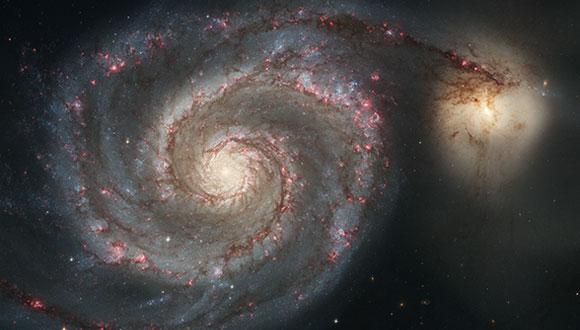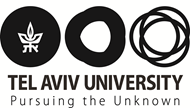Astronomy & Astrophysics Seminar: Very Large Telescopes in the sky -- Pushing observational frontiers with the first year of JWST lensing cluster observations
Dr. Lukas Furtak, Ben Gurion University
Zoom: https://tau-ac-il.zoom.us/j/82693800844
Abstract:
With the advent of the JWST almost one year ago, a new era in high-redshift observations has begun. Using strong lensing (SL) galaxy clusters as cosmic telescopes, JWST allows us to probe galaxies and AGN at the highest redshifts and down to the faintest luminosities and the lowest stellar masses. Indeed, while the highest redshifts observable with the Hubble Space Telescope (HST) were limited to z<11, the JWST allows us to, theoretically, observe all the way back to the very first stars and galaxies, the Cosmic Dawn. The very first imaging data taken with JWST, the early release observations (ERO), were targeted at an SL galaxy cluster, SMACS J0723.3-7327. During its first year of operations, the JWST has now proven its phenomenal capacity to not only discover and identify new strong lensing constraints, including in large-scale cluster sub-structures far away from the main cluster core such as in Abell 2744 with the UNCOVER program, but also to detect the highest redshift galaxies and even single, extremely magnified, stars on cosmological distances!
In the lensing group at BGU, we were at the forefront of JWST observations from the very beginning. Using the JWST ERO imaging data of SMACS0727, we compiled the first sample of lensed z~10-16 galaxies within weeks of the first data release, pushing the observed redshift limit all the way out to z~16. In my talk, I will present our recent results on large cluster SL modeling, high-redshift galaxy detections, a triply-imaged z~8 AGN candidate and even single lensed stars out to z~5 detected in the first year of JWST lensing cluster observations in the framework of various JWST programs.
Seminar Organizer: Prof. Dan Maoz


